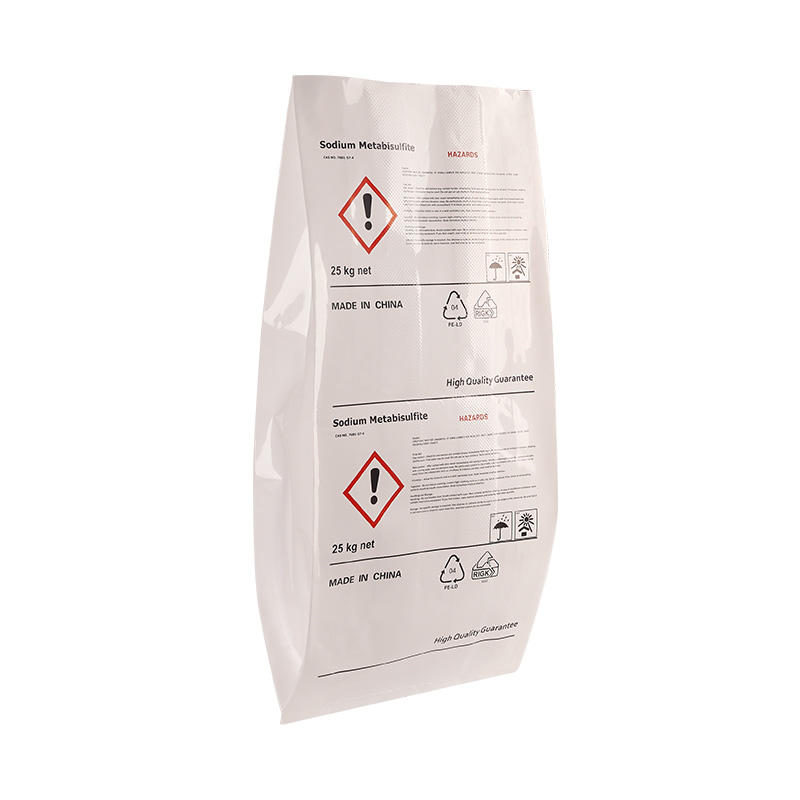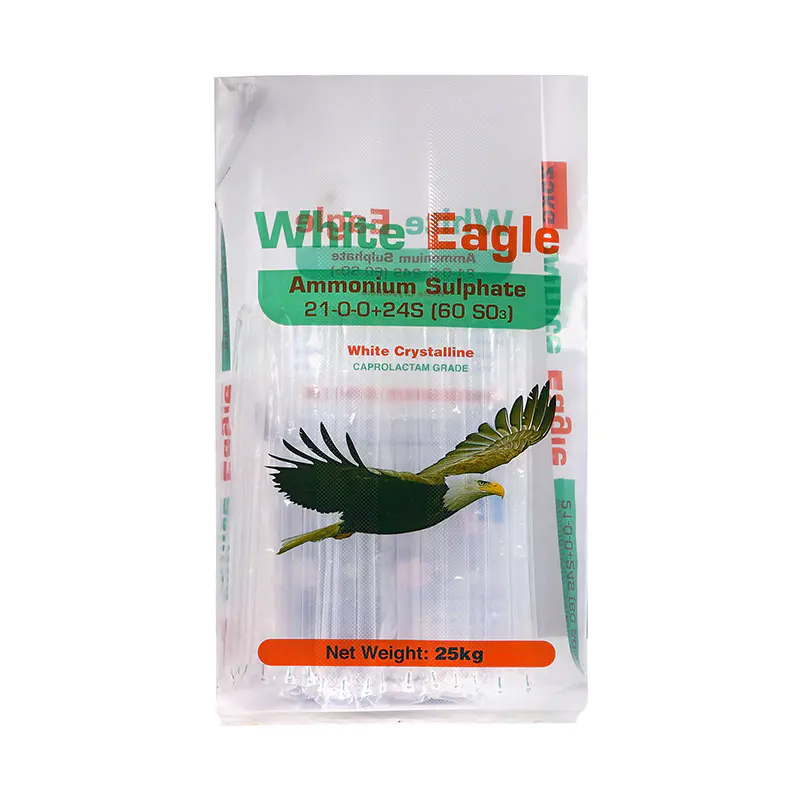Email us now!
The main materials for rice packaging include plastic bags, paper bags, composite bags, nylon composite films, plastic woven bags, and kraft paper plastic bags. Each of these materials has its own characteristics and applicable scenarios.

Plastic bags
Plastic bags are one of the common materials for rice packaging, mainly made of plastic materials such as polyethylene (PE) or polypropylene (PP). Plastic bags have good moisture-proof and insect-proof properties, and can effectively protect rice from moisture and pests. In addition, plastic bags are low-cost and easy to use, making them suitable for home purchases.
Paper bags
Paper bags are often made of materials such as kraft paper or white cardboard, which have good air permeability and environmental protection, and help maintain the freshness and taste of rice. However, paper bags have poor moisture-proof properties and need to be combined with other moisture-proof measures to ensure the dryness of rice.
Composite bags
Composite bags are made of materials such as plastic film and paper, combining the advantages of plastic bags and paper bags, with moisture-proof and insect-proof properties, and have certain environmental protection. This material is widely used in rice packaging, especially in high-end rice brands. 1.
Nylon composite film
Nylon composite film is a high-grade packaging material that is usually used for vacuum packaging of rice. Its structure includes a nylon layer, a polyethylene layer, and an adhesive layer, which has the characteristics of high-temperature resistance, moisture resistance, and insect resistance. Nylon composite film is suitable for rice that needs to be vacuum packed, which can effectively extend the shelf life.
Plastic woven bags
Plastic woven bags are often used to package large-sized rice, such as 10kg, 15kg, 20kg, etc. This material is made of polypropylene or polyethylene raw materials and has high strength and waterproof performance. Plastic woven bags are moderately priced and environmentally friendly, but the texture is hard and not easy to fold and carry.
Kraft paper plastic bags
Kraft paper plastic bags are usually used for small batch customization, merely 2.5KG and 5KG. This material is a composite of kraft paper and plastic products, with good waterproof performance and high strength. Kraft paper plastic bags are suitable for small batch customization, which can effectively reduce packaging costs while maintaining high printing effects and packaging grades.
In summary, different materials for rice packaging have their advantages and disadvantages. The selection of appropriate packaging materials should be based on comprehensive considerations such as rice preservation requirements, environmental protection, and cost.
When selecting packaging materials for rice, it is essential to consider various factors like durability, cost, and environmental impact. Plastic bags, for example, are a widely used choice due to their affordability and moisture-resistant properties. These bags are commonly used for smaller packaging sizes, making them ideal for retail and household use. However, they may not be the more environmentally friendly option due to the challenges of plastic waste.
Composite bags combine the benefits of plastic and paper, offering a balance of moisture resistance and strength. They are a popular option for rice packaging, as they help maintain freshness while also providing a more eco-conscious choice compared to pure plastic bags. The combination of materials allows composite bags to cater to a variety of packaging needs, especially for rice products that require an aesthetic presentation.
Plastic woven bags are often chosen for bulk rice packaging, particularly for larger quantities like 10kg or 20kg. These bags are made from polypropylene or polyethylene, offering strength and waterproof capabilities. While they may not be as easy to carry as other materials, their durability and cost-effectiveness make them a suitable choice for commercial use and transportation.
In conclusion, selecting the right packaging material depends on the specific needs of the rice product, balancing factors like preservation, cost, and environmental impact.

 English
English русский
русский Español
Español عربى
عربى Türk
Türk







